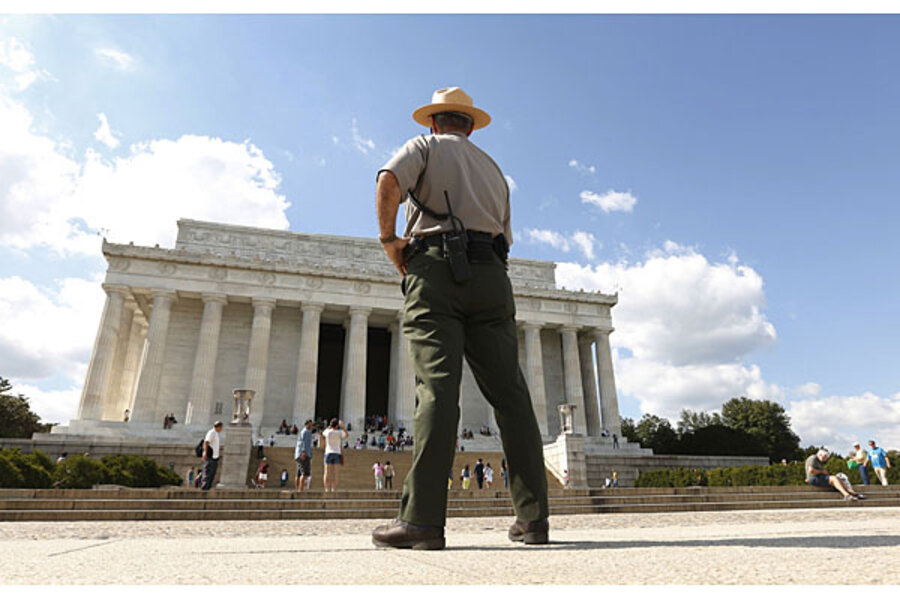Federal shutdown won't save taxpayers money. It will cost them.
Loading...
If Congress does not reach a resolution as to how to fund the government by midnight tonight, the government will enter a partial shutdown furloughing up to 1 million “nonessential” federal workers and closing many government offices and programs.
Obviously, a government shutdown isn’t ideal, but at least the government will save money and can start paying off its near $17 trillion debt, right? Wrong. If past shutdowns are any indication, closing down the federal government will cost American taxpayers, according to the bipartisan Committee for a Responsible Budget.
The federal government has shut down 17 times since 1976, most recently in 1996, according to a Congressional Research Service (CRS) report to Congress.
That year, the federal machinery shut down twice, lasting a combined 26 days over three months during the Clinton administration. That was the most protracted government closing and the most costly. The 1996 shutdowns cost an estimated $2 billion, according to the CRS report, and “created numerous backlogs in government services that will, in many cases, take months to overcome and will slow the delivery of future services."
Why? One reason is that the workload doesn't diminish. It just builds up. So new enrollees into Social Security and Medicare as well as passport applications would probably not be processed, but federal employees would have to work through that backlog when the government reopens.
And all those federal salaries that aren't being paid? No savings are likely. Although furloughed workers are not guaranteed reimbursement, in past shutdowns they have received retrospective compensation for hours lost.
Then there's the lost revenue. Tourist attractions, including museums, zoos and national parks, are among those government operations that would close under the shutdown. There's also the lost tax revenue from the lost business to restaurant, hotel, and travel industries. The CRS says 9 million tourists were not able to visit federal monuments and other government operations during the 1996 shutdowns. That added up to millions of dollars of lost revenue to nearby business, resulting in lost tax dollars.
During the anticipated shutdown of 2011, the chief financial officer of Washington, D.C., estimated that a shutdown would cost the district up to $6 million a week, attributing many of these costs due to lost tourism.
If the government shuts down, it will be American taxpayers who will have to foot the bill.





